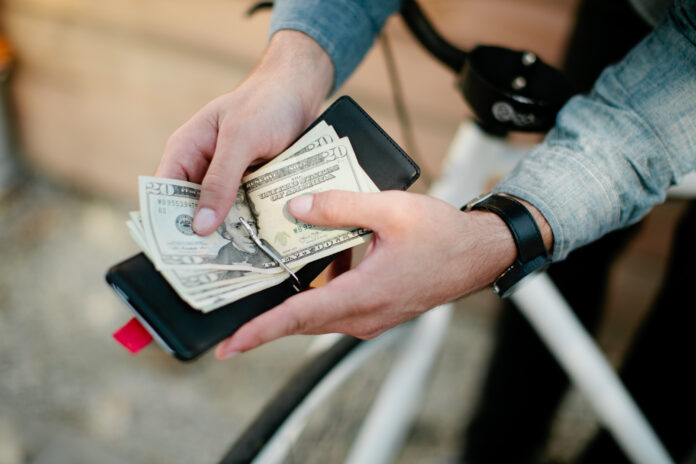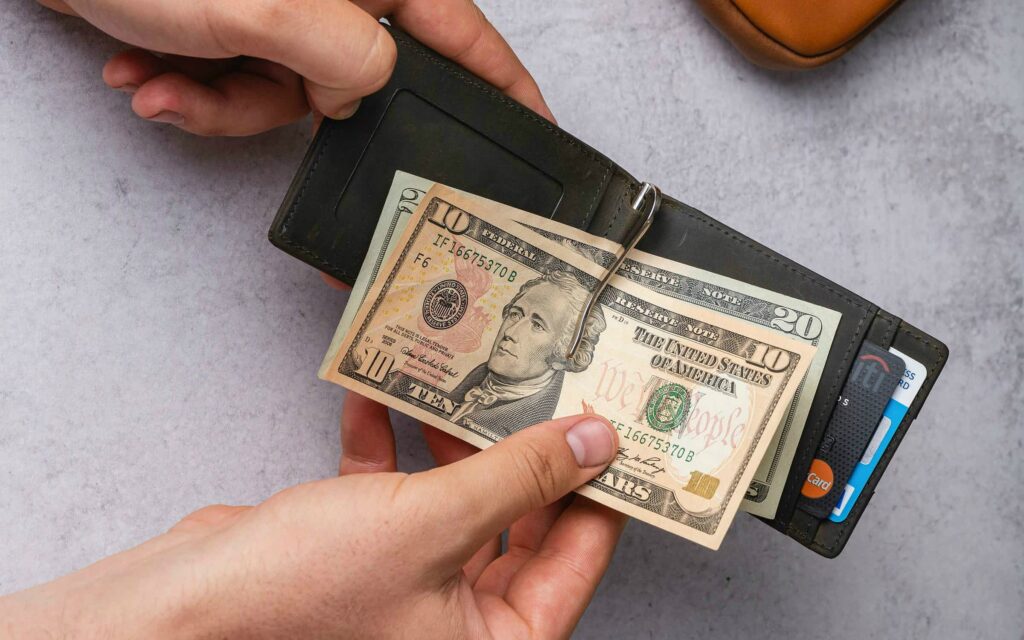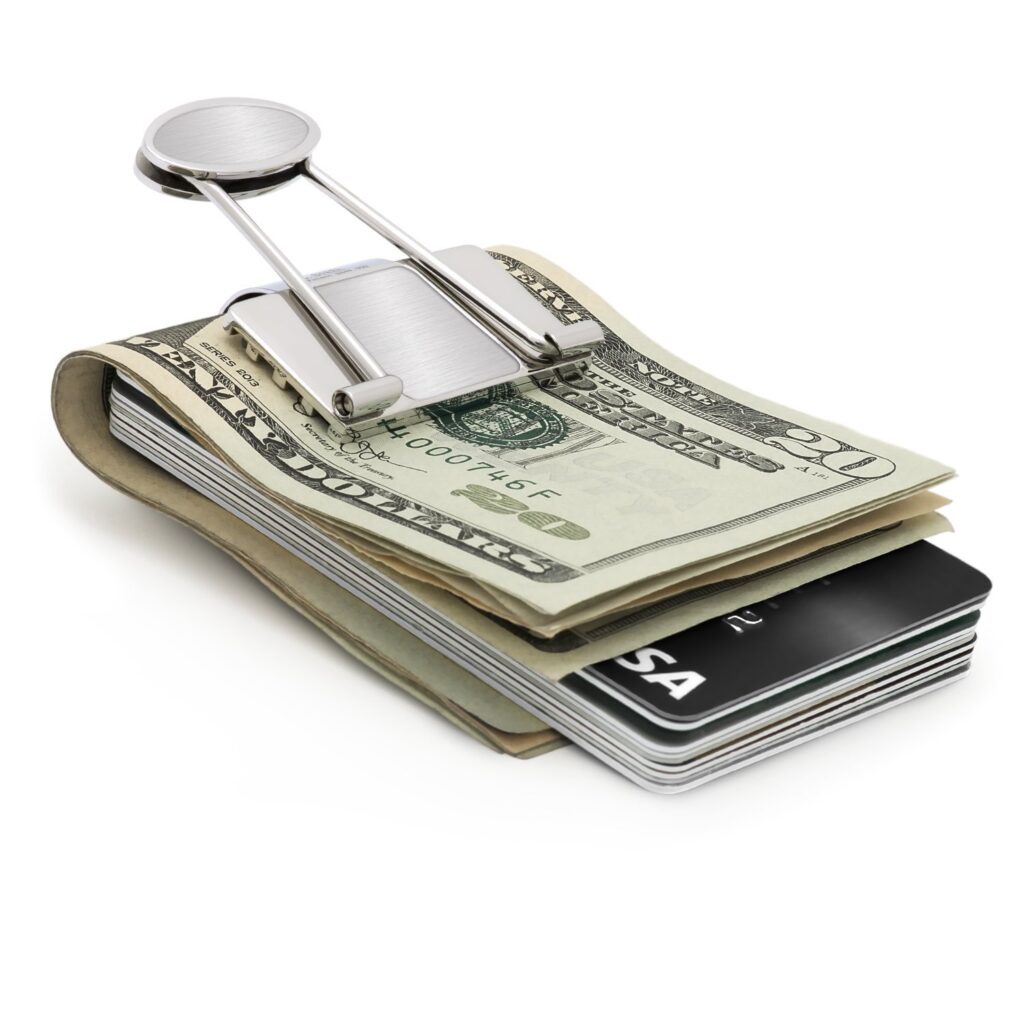
Nothing empties an unwieldy and bloated conventional wallet quicker than a money clip. If anything, they are safe, flexible, and convenient. The fact that they’re sleek, easy-to-use, and easily accessible, makes them some of the greatest accessories to have, especially if you’re trying to appear as smooth as possible.
Money clips are also classy. They’ve always been. Did you know that John? F. Kennedy, had a money clip boring the image of St. Christopher?
Yes, it was an anniversary gift from his wife and he had it with him (together with his pillbox) when he got murdered in Dallas. Frank Sinatra is another famous person who was fond of money clips. According to Bill Zehme, the author of “The Way You Wear Your Hat: Frank Sinatra and the Lost Art of Livin’,” Frank “would not go anywhere without his money clip.”
This just goes to show that they have always been a style statement. However, for you to maximize the benefits of this device you must know how properly to use it. Check out the guide below, or follow best.wiki to find some of the best money clips.
Folding Money for Money Clips
It’s important to note that today’s money clips feature an extensive variety of materials and sizes. As such, you have several options to choose from. But whatever you chose, the process of folding money for a money clip is more or less the same:
1. Order your Bills Properly

As a rule of thumb, you should always arrange cash going into your money clip from the largest denomination to the smallest. As in, one hundred dollar bills should come first, followed by fifties, then twenties, and so on. If there’s a denomination missing, just skip it.
Now, once you stuck the bills properly, smoothen, align, and press them firmly together so you can easily slip them into the clip. Take note that stacking your money as aforementioned familiarizes you with where your cash is, meaning you can continuously pull out money from the clip without exposing it to wandering eyes.
2. Arrange your Cards

As you know, most money clips come with attached holders. But not to worry if yours doesn’t have one since you can still carry your cards in it together with the cash. All you need to do is arrange them tactically.
As in, stack your driving license, identification, and credit cards in order of importance, then place them vertically on the money stack you organized earlier. Take note that your cards should always face the front, to prevent you from taking everything out of your money clip at once, when all you intend to do is fetch single bills.
3. Fold Everything and Stack it in your Money Clip

In as much as this is the stage where you do the actual folding, it can’t be a success if you don’t do the preceding two steps well. With that said, take your neatly arranged stack of money and cards, and fold the bills into a perfect half. The credit cards should come in the middle, with the larger bills appearing on the outside of the now-folded stack.
Alternatively, you can fold the bills first, then place the credit cards on your folded stack of money. Just ensure to place the money in a way that it’s always facing outward whenever you fetch the entire stack from your pocket. When it comes to putting the entire stack in your money clip, the folded side should go in first so nothing gets stretched out.
Also, your stack of money and cards should fit tightly and firmly, with no room for wiggling in the clip. If you realize that there are too many bills or cards in your clip, take them out one by one until you find the amount that fits snugly inside the money clip. You see, having your stack fit too tightly into the clip can cause you to accidentally disembogue everything as you try to chuck a card or a bill.
Not only that. A too tightly-fit money clip forces you to always take the entire stack out as it becomes impossible to fetch a single bill. And talking about fetching bills…
4. Take Cards and Cash out of Your Clip

It goes without saying that on top of knowing how to fold money for your money, you must also master how to fetch it quickly and discreetly. In this regard, you can either take out the entire stack whenever you need cash or pull single cards or bills from the middle of your stack. With the latter option, remember, practice makes perfect.
Since you now know how to deal with a too tightly-fitting clip, it’s only fair that you look at how to deal with a loose one. So here’s:
How to Tightening up a Loose Money Clip

Take note that it’s normal for a money clip to loosen up or get annealed after long-term use. Now, assuming that yours is a sterling silver clip, there are several remedy options for the issues mentioned above. Firstly, you may use two vice grips (or pliers), together with wooden shims (0.5 to 1 cm thick) and scrap leather.
Wrap the bent end of your clip with the scrap leather before sandwiching them both with the shims. You can then lock your clamps from side to side so that the force gets distributed evenly. After, tighten up the vice grips until you can’t increase the pressure anymore.
The result? An extremely tight clip that can hold onto a single bill, with little to no scratches, dents, and warping. Alternatively, you can take your money clip to an experienced silversmith.
These guys first use different hammers (plus a mandrel) to strike a light, disciple blows that restore your clip’s shape, before re-hardening it in a kiln.
In Summary
Folding money is one of the most crucial processes to learn after buying a money clip. In as much as it sounds easy, you’ll have to practice to master it. Otherwise, your money clip will stress you out instead of making life easier for you.
The guide above will be enough to help you out with the entire process.








